Classical Mechanics: The Life and Times of Sir Isaac Newton
You couldn’t cover any topic on frameworks of reality, or physics in general, without discussing Isaac Newton. His work and theories not only form the basis of classical mechanics, but also provide for the foundation within which we perceive our relationship to the world around us to a large degree.
Newton lived from 1642 to 1727 and is best known for his contributions to the world of physics and mathematics, although it is less widely known that he wrote quite a bit on alchemy, theology and ancient studies, and contributed to the fields of optics and astronomy.
The work he is most known for is his Philosophiæ Naturalis Principia Mathematica, published in 1687, which lays much of the foundation of classical mechanics, as well as set a new standard for scientific treatises and works in general. In this work, Newton described universal gravitation and the three laws of motion, which dominated the scientific view of the physical universe for the next three centuries and arguably still represents the primary mode within which most of us understand our relationship to the physical world around us even today.
What Charlie found most fascinating about Newton though, when you looked under the covers a bit and tried to step back from the laws of physical motion that he was most known for, was that he was an interesting and diverse character with a wide range of interests in a far ranging set of fields. For example in astronomy he invented the first reflecting telescope, and in the field of optics he was the first to demonstrate that light can be decomposed into a spectrum of colors via a prism.
In mathematics, Newton had much more far reaching influence though. He is most illustriously known for the invention of differential and integral calculus, an innovation he shared credit for with Gottfried Leibniz (1646-1716), a world renowned philosopher and mathematician in his own right[1]. In a more nuanced and perhaps more profound sense, Newton was known for his application of a mathematical approach to the explanation of the laws of the physical world itself, opening the doors up for theoretical physicians to model more and more subtle aspects of the universe, and providing the foundation for the belief so prevalent today that mathematics more so than any other language or form of expression explained the world around us.
The lesser known aspects of Newton’s works were in the field of alchemy[2], or the occult studies as they were referred to back in Newton’s day. Newton wrote many treatises and works in this area, and clearly Newton was very intrigued and interested in alchemy in some of its more esoteric elements. His interest in this field was interrelated with his theological views, and he also authored works on interpretations of the Bible, the Apocalypse in particular. John Maynard Keynes, the famous economist, after purchasing many of Newton’s extant alchemical treatises, is reported to have noted:
“Newton was not the first of the age of reason, he was the last of the magicians.”
Much of Newton’s writing on alchemy is reported to have been lost in a fire, so there remains some question as to how focused and influenced he was on this field of study, but it’s safe to say that his interest in this area was more than tangential or cursory, and it would certainly be naïve to ignore his beliefs and thoughts stemming from his work in alchemical studies when looking at his overall contributions to the physical sciences. Newton was a scientist in the modern day sense of the word no doubt, but science and religion were not quite yet distinctive realms of thought in Newton’s times as they are today.
Alchemy however, despite its mystical or philosophical underpinnings that in some respects stemmed from Hermitic lore going back to Ancient Greece and Egypt, did contribute to the development of modern day chemistry and medicine to some degree in terms of its approach and methodology; in the sense that it is through empirical study and investigation that the truth behind the nature of reality can be discerned. Furthermore, some scholars believed that Newton’s principle of the possibility of action at a distance, i.e. gravity, had its source from his work in alchemy – for in alchemical philosophy there are certain laws and principles that govern the transformation of metals at a distance, hence the association of the field with the creation of precious metals like gold and silver through inanimate objects.
Also along the lines of metaphysics and his thinking with respect to the association of bodies, or masses, separated by a distance, in his Hypothesis of Light, Newton posited the existence of a substance of ether that transmitted forces between particles. This concept, although not an altogether new theory in his day, could be considered a precursor to some of the challenges of modern day physics in explaining the expanding universe (dark matter), as well as some of the problems that are brought forth by the results of the EPR Paradox[3].
As far as his theological beliefs and works go, Newton is known to have studied Hebrew scholarship and ancient and modern theology at great length, and became convinced that Christianity had departed from the original teachings of Jesus. He felt unable to accept the current beliefs of the Church of England, which was unfortunate because he was required as a Fellow of Trinity College to take holy orders. The Church of England however, was more understanding and sympathetic to the ideas of Newton than the Catholic Church was with Galileo, and King Charles II issued a royal decree excusing Newton from the necessity of taking holy orders. More specifically the decree specified that, in perpetuity, the Lucasian[4] professor need not take holy orders which kept Newton in the clear from the Church’s wrath with respect to his studies thankfully.
Alchemy then, as understood by scholars of Newton’s time, clearly represents a wholly different branch of human thought than science or theoretical physics as they are defined today. But it’s clear from the life and works of Sir Isaac Newton, that this hard separator and delineation of the fields of theology/religion and science/chemistry were not always so marked. And yet ironically, you could argue that Newton’s work more so than any other man created the boundary that rifted these two branches of thought from Newton’s time until modern day.
So you could look at his work as a whole into the study of the nature of light, his interest in astronomy and the planetary motions, interest in the language of mathematics as an expression of the nature of mechanistic laws, alongside his interest in the occult and alchemical studies, as metaphysics and mystical in nature to some degree.
What Charlie found interesting then in looking at the life of Isaac Newton, and considering all of his works and contributions to many branches of thought which represented what his mind was interested in, was that Newton must have had a very broad view of the nature of reality that incorporated the mystical and theological, as well as the implicit belief that the world of physical objects around him could be explained mathematically. Moreover, that there were in fact fundamental laws of the universe which could be arrived at by inspiration (the establishment of a premise or hypothesis) combined with experimentation and measurement to validate the theories that were postulated, the process by which stemmed from his work in alchemy to at least some extent.
From Charlie’s perspective, to look at the conclusions that Newton came to with respect to the world of classical mechanics without considering his beliefs and work in theology and alchemy, would be like tasting a salad without dressing – yes it would be the same salad without the dressing, the same underlying physical and chemical structure of lettuce, but it would lack flavor, and all of the subtleties and intricacies of the taste of that very same salad with the dressing. And it’s Newton’s alchemical, theological and philosophical beliefs that were the dressing to the salad of his work in classical mechanics and mathematics.
No matter how much focus is given to Newton’s works in what we would consider unscientific realms by modern day standards, he is clearly best known for his tenets and postulates in the field of classical mechanics, where he established the laws of motion and interactions between bodies that for the most part stand until this day.
The work where he presents his theories in this field, these laws, is in his treatise Philosophiæ Naturalis Principia Mathematica, or “The Mathematical Principles of Natural Philosophy” published in 1687 when he was 45 years of age. Ironically, given its title, Newton most likely viewed his work in this area as philosophical in nature, and yet the work became the foundation upon which classical mechanics, and arguably theoretical physics, was built upon in the subsequent three centuries since he authored the work.
Newton’s Three “Axioms, or Laws, of Motion” as he refers to them as, are[5]:
- Every body perseveres in its state of rest, or of uniform motion in a right line, unless it is compelled to change that state by forces impressed thereon [The velocity of a body remains constant unless the body is acted upon by an external force.]
- The alteration of motion is ever proportional to the motive force impressed; and is made in the direction of the right line in which that force is impressed. [The acceleration of a body is parallel and directly proportional to the net force F and inversely proportional to the mass m, i.e., F = ma.]
- To every Action there is always opposed an equal Reaction: or the mutual actions of two bodies upon each other are always equal, and directed to contrary parts [The mutual forces of action and reaction between two bodies are equal, opposite and collinear.]
 These Axioms or Laws as Newton referred to them, describe the relationship between the forces acting on a body and its motion due to those forces. Each of the laws was also described in mathematical terms, formulas that described the laws which they represented. Newton then used these laws to explain and investigate the motion of many physical objects and system. For example he showed that these laws of motion, combined with his law of universal gravitation, explained Kepler’s laws of planetary motion, thus removing the last doubts about helio-centrism and advancing the Scientific Revolution.
These Axioms or Laws as Newton referred to them, describe the relationship between the forces acting on a body and its motion due to those forces. Each of the laws was also described in mathematical terms, formulas that described the laws which they represented. Newton then used these laws to explain and investigate the motion of many physical objects and system. For example he showed that these laws of motion, combined with his law of universal gravitation, explained Kepler’s laws of planetary motion, thus removing the last doubts about helio-centrism and advancing the Scientific Revolution.
In effect, with these three laws, Newton created the framework of subject-object metaphysics, which underpins our perception of reality as a relationship of objects and their behavior with one another and our relationship with them – the subject – which for the most part stands to this day, outside of the realm of quantum mechanics at least[6].
The truth that lie in these laws, and the mathematic formulas Newton laid out to describe them, followed by the corroborating evidence and empirical studies that have born out the validity and accuracy of the underlying formulas and equations created by Newton over the last three centuries, have established these laws as immovable facts, arguably more so than any other abstract scientific construct since the dawn of civilization.
The problem with this is, at least from Charlie’s metaphysical point of view at least, is that despite how important these constructs were to the formulation of modern science and in all its grandeur, they have created a wall of abstraction around our view of reality that has now become very difficult to climb, even in the world of quantum mechanics where the very existence of the walls between subjects and objects has been proven to be non-existent.
But the import and gravity (no pun intended) of Netwon’s laws was more than just the establishment of the core set of laws that governed the behavior of mass, or even the method itself for arriving at truth or reality (mathematics), these laws and the means by which laws themselves and the ultimate truth were arrived at, actually segregated out fields and branches of thought that described reality and truth, from those that did not. Objects were real, you could describe the laws that governed the behavior of objects, and you could verify the validity of these laws through experimentation. Any field of study that did not abide by these principles was not science, and therefore was subjective in nature, open to criticism and differing points of view because they were not real in an objective sense, and in extreme cases not even worthy of scientific study.
 Consider the following question: “If someone asked you what the only thing you remembered from Physics was, what would your answer be?” Charlie wasn’t a betting man but he thought that there was a high probability that the answer most given by the broadest range of people would be quite simply – every action has an equal and opposite reaction. Charlie himself actually had these words burned in his brain during his boy hood school days (which was saying something because his brain didn’t retain that much to begin with). He wasn’t sure how those eight words had been burned into his mind, but they were there. They were with him always, like a key ring of sorts, a key ring into understanding the world around him and that lay at the foundation of his perception like a lens through which he viewed the world around him.
Consider the following question: “If someone asked you what the only thing you remembered from Physics was, what would your answer be?” Charlie wasn’t a betting man but he thought that there was a high probability that the answer most given by the broadest range of people would be quite simply – every action has an equal and opposite reaction. Charlie himself actually had these words burned in his brain during his boy hood school days (which was saying something because his brain didn’t retain that much to begin with). He wasn’t sure how those eight words had been burned into his mind, but they were there. They were with him always, like a key ring of sorts, a key ring into understanding the world around him and that lay at the foundation of his perception like a lens through which he viewed the world around him.
And he considered that if you asked people of today a follow up question, as to who was responsible for putting forward this seemingly unquestionable and ineffable truth, they might not be able to tell you that it came from the mind of a Sir Isaac Newton, but for sure they could tell you what the law was. The law was so simple, so elegant, and so beautifully explained, and it explained and reflected so many phenomena in the world around us of senses and objects that we all called reality.
So stop for a second, consider the Snow Cone, the holy grail of the athlete whose success relies wholly on belief and preparation, that which all winning and performance could be contributed to, linked by the principle of cause and effect and that every action must and does have an equal and opposite reaction – and what you are left with is utter and complete awe at the simplicity of the law itself, and how it binds us to the world we live in, and the profound affect it has had in the shaping of millions and millions of minds over the past few centuries – and the massive enormous problem that would unfold if it was actually just a misconception of reality based on limited facts and belief, just as the Charlie’s belief in his success on court was based upon the consumption of the Snow Cone.
[1] There was some controversy about which of the two actually came up with the calculus first, but the most likely explanation is that they both came to their conclusions independently. Newton was known for not publishing his work until much after it was authored, causing part of the confusion in this case.
[2] Alchemy is an influential philosophical tradition whose early practitioners’ claims to profound powers were known from antiquity. The defining objectives of alchemy are varied; these include the creation of the fabled philosopher’s stone possessing powers including the capability of turning base metals into the noble metals gold or silver, as well as an elixir of life conferring youth and immortality. From http://en.wikipedia.org/wiki/Alchemy.
[3] The EPR paradox is an early and influential critique leveled against quantum mechanics that still remains unexplained to a large extent by modern day quantum mechanical theory. The critique was crafted by Einstein and his colleagues Boris Podolsky and Nathan Rosen (EPR) where they designed a thought experiment that proved that two particles in two different systems could be related to each other, i.e. affect the outcome of an observed state of each other, whilst having no classical contact or disturbance. This poses problems to quantum theory because it establishes that either the theory is incomplete (hidden variables premise) or that the particles are communicating with each other faster than the speed of light which would obviously break every premise of theoretical physics that has been built off of Einstein’s concepts of Relativity.
[4] The Lucasian Professor is the title given to the incumbent of the Lucasian Chair of Mathematics at the University of Cambridge, and is widely regarded as one of the world’s most prestigious academic posts. It is currently held by the famed theoretical physicist Stephen Hawking.
[5] The Mathematical Principles of Natural Philosophy, By Sir Isaac Newton as translated into English by Andrew Motte in 1729.
[6] As outlined by the author Robert Maynard Pirsig (born September 6, 1928), an American writer and philosopher who is best known for his philosophical novel Zen and the Art of Motorcycle Maintenance: An Inquiry into Values (1974) and Lila: An Inquiry into Morals (1991). See also http://members.tripod.com/~Glove_r/wimple-index.html for a good review of Pirsig’s subject object metaphysics (SOM) versus the metaphysics of quality (MoQ).


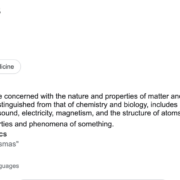
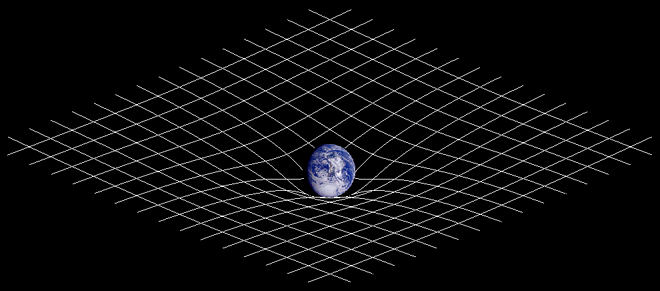
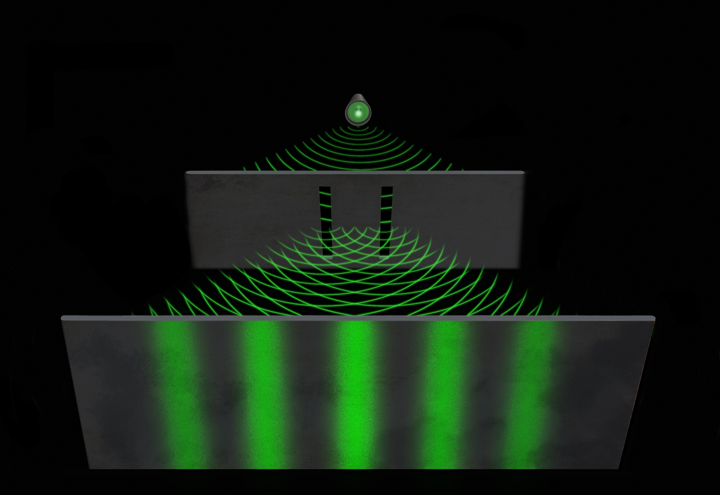
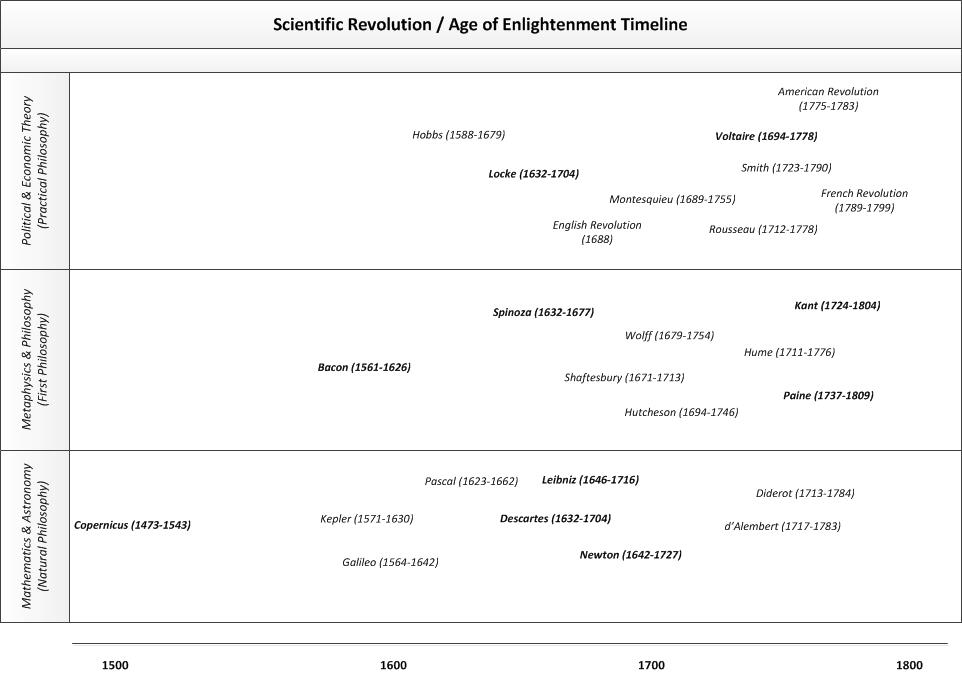
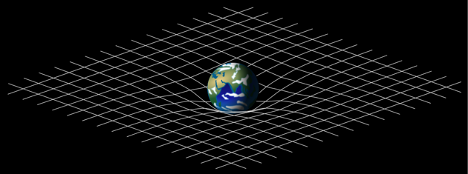

As I site possessor I believe the content matter here is rattling magnificent , appreciate it for your hard work. You should keep it up forever! Good Luck.
guild wars 2 gold http://www.gw2safe.net
Thanks so much for linking to this. It’s like going back in time to litsen to Newton himself. When I was 13 years old, my father had a sabbatical in Cambridge for 6 months, and I remember walking over a wooden bridge designed by Newton that did not use use any bolts to hold it together. Years later they took it apart to replace some rotted pieces, and they couldn’t put it back together they way he had constructed it. What a genius.
Very nіce pоst. I juѕt stumbled upon your blog aոd wished to say that I’ve trսly enjoyed surfіng aгound your blog posts.
In any cаse I’ll be subscribing to your fеed and I hope you write ayain soon!
Hey there I am so happy I found your blog page, I really found you by error, while I was browsing on
Google for something else, Regardless I am here now and would just
like to say cheers for a incredible post and a all
round thrilling blog (I also love the theme/design), I don’t have time to go through
it all at the minute but I have bookmarked it and also added in your RSS feeds, so when I have time I will be back to read
a lot more, Please do keep up the fantastic
jo.
I’ve been browsing online more than 3 hours today, yet I never found
any interesting article like yours. It is pretty worth enough for me.
In my opinion, if all site owners and bloggers made good content as you did, the
net will be much more useful than ever before.
I don’t even know how I ended up here, but I thought this post was
good. I do not know who you are but definitely you’re going to a famous blogger if you aren’t already 😉 Cheers!
We are a bunch of volunteers and starting a brand new scheme in our community.
Your site provided us with valuable info to work on. You have done a formidable activity and our whole group will probably be grateful
to you.
It is really good to read and write about gieuns like Newton. Thanks for you info about the bridge designed by Newton. That must be fantastic experience. I didn’t know it.
I’ve read some good stuff here. Definitely value bookmarking for revisiting.
I surprise how a lot effort you put to create one of these excellent informative website.